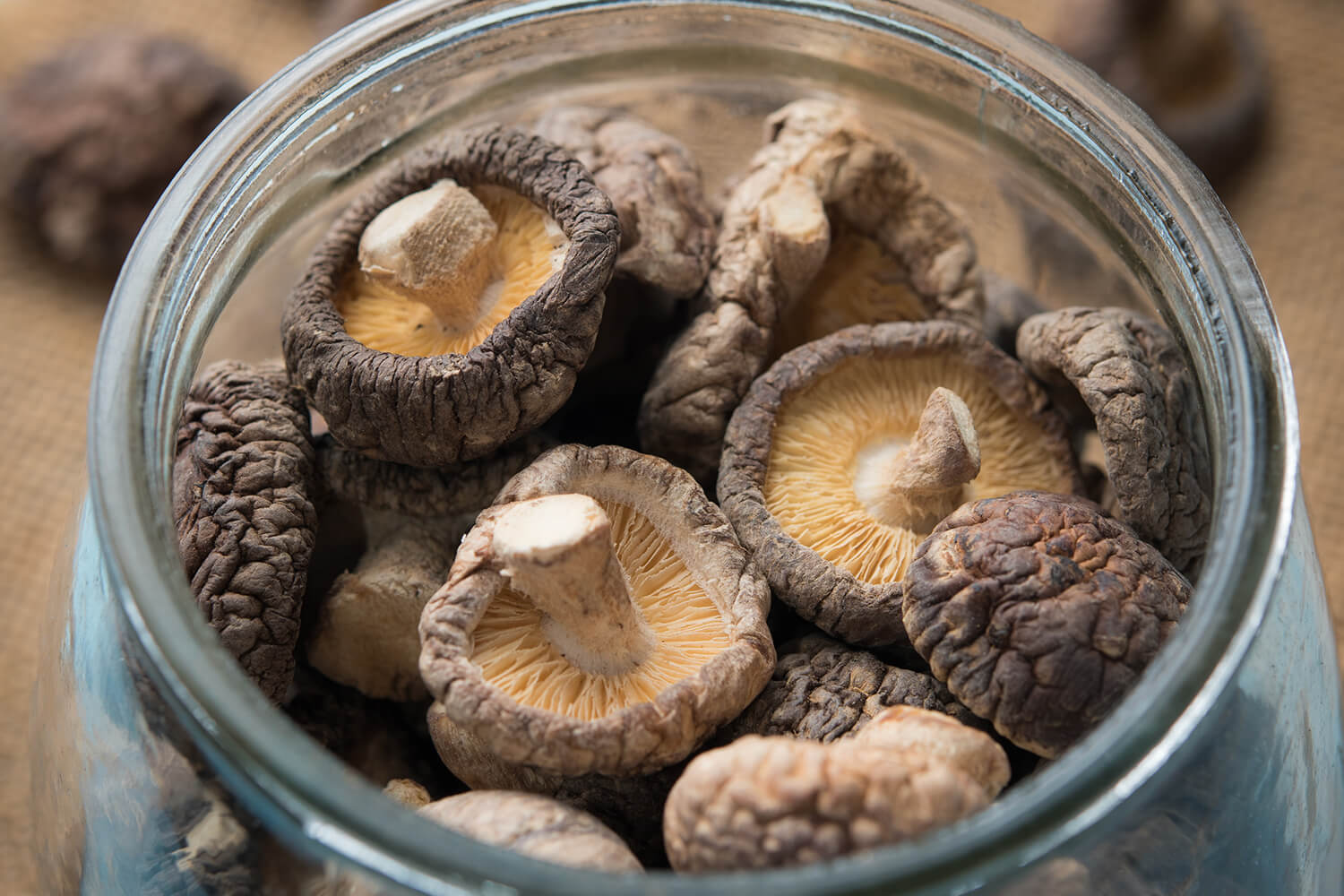

Articles
How To Store Dried Mushrooms Long Term
Modified: January 6, 2024
Learn effective techniques for storing dried mushrooms long term in this informative articles. Keep your mushrooms fresh and flavorful for extended periods.
(Many of the links in this article redirect to a specific reviewed product. Your purchase of these products through affiliate links helps to generate commission for Storables.com, at no extra cost. Learn more)
Introduction
Dried mushrooms are a versatile and flavorful ingredient used in various cuisines around the world. Whether you have foraged for wild mushrooms or purchased them in bulk, proper storage is essential to maintain their quality and extend their shelf life. Storing dried mushrooms long-term requires a combination of the right containers, suitable storage conditions, and preparation techniques. In this article, we will explore the importance of properly storing dried mushrooms, factors affecting their shelf life, tips for choosing the right containers, preparing them for storage, and common mistakes to avoid. By following these guidelines, you can ensure that your dried mushrooms retain their flavor and nutritional value for an extended period.
Key Takeaways:
- Properly storing dried mushrooms is crucial for maintaining their flavor, aroma, and nutritional value. Follow guidelines for selecting containers, preparing mushrooms, and avoiding common mistakes to ensure extended shelf life and quality preservation.
- Factors such as moisture, temperature, and packaging material significantly impact the shelf life of dried mushrooms. By considering these factors and implementing proper storage practices, you can extend the longevity of your dried mushrooms and maintain their flavor and safety for consumption.
Read more: How To Store Morel Mushrooms Long Term
Importance of Properly Storing Dried Mushrooms
Properly storing dried mushrooms is crucial for preserving their quality and ensuring they remain safe for consumption. Here are a few reasons why it is important to store dried mushrooms correctly:
- Maintaining flavor and aroma: Dried mushrooms are prized for their concentrated flavors and earthy aroma. However, exposure to air, moisture, and light can cause them to deteriorate and lose their taste. By storing them properly, you can retain the original flavors and aromas of the mushrooms.
- Prolonging shelf life: Dried mushrooms have a longer shelf life compared to fresh ones. However, they can still degrade over time if not stored correctly. Proper storage techniques can help extend their shelf life, allowing you to enjoy their culinary benefits for an extended period.
- Promoting food safety: Like any food product, dried mushrooms can be susceptible to contamination by bacteria, fungi, or pests. Proper storage helps prevent the growth of harmful microorganisms and keeps the mushrooms safe for consumption.
- Economical: Buying mushrooms in bulk and storing them properly can save you money in the long run. By properly preserving the dried mushrooms, you reduce the risk of waste and ensure that they remain in good condition, eliminating the need to discard them prematurely.
By understanding the importance of proper storage, you can make the most out of your dried mushrooms and enjoy their delicious flavors in various culinary creations.
Factors Affecting the Shelf Life of Dried Mushrooms
The shelf life of dried mushrooms can be influenced by several factors. Understanding these factors can help you take the necessary precautions to ensure the longevity of your dried mushrooms. Here are some key factors that can affect the shelf life of dried mushrooms:
- Moisture content: Moisture is one of the primary enemies of dried mushrooms. Excessive moisture can lead to the growth of mold and bacteria, causing them to spoil quickly. It is crucial to store dried mushrooms in a cool and dry environment to prevent moisture accumulation.
- Temperature: High temperatures can accelerate the degradation of dried mushrooms. Exposing them to heat can cause flavor loss and make them more prone to spoilage. It is recommended to store dried mushrooms in a cool place away from direct sunlight.
- Exposure to air: The oxygen present in the air can cause oxidation, which can result in a loss of flavor and overall quality of dried mushrooms. Proper packaging and airtight containers can help minimize air exposure and prolong the shelf life of dried mushrooms.
- Quality of drying process: The quality of the drying process can significantly affect the shelf life of dried mushrooms. Proper drying methods, such as using low temperatures and adequate ventilation, can help preserve the mushrooms’ qualities and extend their shelf life.
- Packaging: Choosing the right packaging material is vital for preserving dried mushrooms. Opt for containers that are moisture-resistant and airtight to protect the mushrooms from elements that can degrade their quality.
- Contamination: Dried mushrooms are susceptible to contamination by pests, such as insects or rodents. Storage containers should be tightly sealed to prevent infestation and maintain the integrity of the mushrooms.
By considering these factors and implementing proper storage practices, you can extend the shelf life of your dried mushrooms and ensure that they remain flavorful and safe for consumption.
Choosing the Right Containers for Long-Term Storage
Choosing the right containers for long-term storage is essential to maintain the quality of dried mushrooms. Here are some factors to consider when selecting containers for storing dried mushrooms:
- Airtightness: It is crucial to choose containers that are airtight to minimize airflow and prevent moisture from entering. Airtight containers help preserve the flavor and texture of dried mushrooms for an extended period.
- Material: Containers made of glass, metal, or food-grade plastic are ideal for storing dried mushrooms. These materials are non-porous and offer better protection against moisture and contaminants. Avoid containers made of porous materials like cardboard, as they can absorb moisture and lead to spoilage.
- Size: Select containers that are appropriately sized for the amount of dried mushrooms you need to store. It is recommended to use smaller containers rather than one large container, as opening a large container frequently can expose the mushrooms to air and moisture.
- Transparency: Choosing transparent or translucent containers allows you to easily assess the condition of the dried mushrooms without having to open the containers. This helps minimize air exposure and maintains the mushrooms’ quality.
- Sealability: Look for containers with secure and tight-fitting lids or caps to ensure a proper seal. This helps keep the moisture and air out, preserving the integrity of the dried mushrooms.
- Labeling: Properly label your containers with the date of storage and the type of dried mushrooms. This will help you keep track of their freshness and make it easier to use the oldest mushrooms first, ensuring no mushrooms go to waste.
When selecting containers for long-term storage of dried mushrooms, prioritize airtightness, material, and size. By choosing the right containers, you can ensure that your dried mushrooms remain fresh and flavorful for an extended period.
Preparing Dried Mushrooms for Storage
Properly preparing dried mushrooms for storage is crucial to ensure their longevity and maintain their quality. Here are some important steps to follow when preparing dried mushrooms for storage:
- Inspecting and Cleaning: Before storing dried mushrooms, inspect them for any signs of mold, pests, or damage. Discard any mushrooms that appear spoiled. Gently brush off any dirt or debris with a soft brush or use a damp paper towel to wipe them clean.
- Rehydration (optional): If you plan to rehydrate the mushrooms before using them, you can skip this step. However, if you prefer to store the dried mushrooms as they are, make sure they are fully dry and devoid of any moisture before storing.
- Break into smaller pieces: Dried mushrooms can be quite large and bulky. Breaking them into smaller, more manageable pieces helps with storage and also makes it easier to measure quantities when using them in recipes.
- Separate types of mushrooms: If you have different types of dried mushrooms, it is wise to store them separately. Each type may have slightly different storage needs, and separating them prevents cross-contamination and preserves their individual flavors.
- Use appropriate packaging: Transfer the prepared dried mushrooms to airtight containers, ensuring there is minimal air space. Consider using vacuum-sealed bags or jars with tight-fitting lids for optimal storage. This helps protect the mushrooms from moisture, air, and pests.
- Store in a cool, dark place: Find a cool and dark location to store your dried mushrooms. Avoid areas that are exposed to heat, light, and humidity, as these conditions can shorten the shelf life of the mushrooms. A pantry or cupboard away from the stove or sunlight is a suitable storage spot.
By properly preparing dried mushrooms for storage, you can ensure their longevity and maintain their quality for future use. Remember to label the containers with the type and date of storage for easy reference and organization.
Store dried mushrooms in an airtight container in a cool, dark place, such as a pantry or cupboard. Make sure to label the container with the date of purchase to keep track of freshness.
Read more: How To Store Dry Milk Long Term
Proper Storage Conditions for Dried Mushrooms
Proper storage conditions are crucial for maintaining the quality and extending the shelf life of dried mushrooms. Here are the key factors to consider when storing dried mushrooms:
- Temperature: Dried mushrooms are best stored in a cool environment with a consistent temperature. Ideally, the storage temperature should be between 50°F (10°C) and 60°F (15°C). Avoid storing dried mushrooms in areas that are subjected to heat, such as near the oven or stove.
- Humidity: Excessive humidity can cause dried mushrooms to absorb moisture and spoil. To prevent this, store them in a dry environment with humidity levels below 60%. A cool and dry pantry or cupboard is an ideal storage location.
- Light: Exposure to light can degrade the quality of dried mushrooms and lead to a loss of flavor. Store them in opaque containers or keep them away from direct sunlight to avoid light exposure.
- Airflow: Storing dried mushrooms in an area with good airflow helps prevent the buildup of moisture and promotes better preservation. However, it’s essential to strike a balance, as too much airflow can cause the mushrooms to dry out further.
- Airtight Containers: Choose airtight containers made of glass, metal, or food-grade plastic. These containers help create a barrier against moisture, air, and pests, keeping the dried mushrooms fresh and safe for consumption. Vacuum-sealed bags are also a great option for long-term storage.
- Absorbent Packs: Placing moisture-absorbing packs, such as silica gel or oxygen absorbers, in the storage containers can help maintain the dryness of the mushrooms. These packs help minimize the risk of moisture absorption and preserve the quality of the dried mushrooms.
- Organize and Rotate: Proper organization and rotation are essential for ensuring that your dried mushrooms remain fresh. Arrange the containers in an orderly manner, and use the oldest mushrooms first to prevent spoilage and waste.
By following these proper storage conditions, you can extend the shelf life of your dried mushrooms and preserve their flavor and quality for a longer duration.
Common Mistakes to Avoid
When it comes to storing dried mushrooms, there are a few common mistakes that can compromise their quality and shelf life. Here are some mistakes to avoid:
- Not inspecting the mushrooms: Failing to inspect dried mushrooms before storage can lead to storing damaged or spoiled mushrooms. Always check for signs of mold, pests, or any other visible damage before storing them.
- Exposing mushrooms to moisture: Moisture is the enemy of dried mushrooms. Avoid storing them in areas with high humidity, like the kitchen or bathroom. Also, make sure the mushrooms are completely dry before packaging them, as any lingering moisture can cause them to spoil.
- Using improper containers: Using the wrong containers can result in air and moisture entering, causing the mushrooms to deteriorate faster. Avoid using cardboard boxes or containers that are not airtight. Instead, opt for glass jars, food-grade plastic containers, or vacuum-sealed bags specifically designed for long-term food storage.
- Storing mushrooms in the wrong location: Choosing an improper storage location can expose mushrooms to heat, light, and fluctuating temperatures. Avoid storing dried mushrooms near the stove, oven, or any area with direct sunlight. Instead, find a cool, dark, and dry spot, such as a pantry or cupboard.
- Ignoring proper labeling: Neglecting to label your containers with the type and date of storage can make it difficult to keep track of the freshness of your dried mushrooms. Always label your containers to ensure you use the oldest mushrooms first and maintain an organized storage system.
- Not using the mushrooms regularly: Dried mushrooms have a long shelf life, but they can still deteriorate over time. Avoid buying or storing more dried mushrooms than you can reasonably use. Use them regularly in your cooking to ensure they are consumed before they reach their expiration date.
By avoiding these common mistakes, you can ensure the quality and longevity of your dried mushrooms, allowing you to enjoy their flavors and benefits for an extended period.
Tips for Extending the Shelf Life of Dried Mushrooms
To maximize the shelf life of dried mushrooms and maintain their quality, consider the following tips:
- Properly store in airtight containers: Ensure that dried mushrooms are stored in airtight containers to prevent the entry of air, moisture, and pests.
- Keep in a cool and dry place: Store dried mushrooms in a cool and dry location, away from heat sources and direct sunlight. This helps prevent moisture build-up and slows down degradation.
- Use moisture-absorbing packs: Place moisture-absorbing packs, such as silica gel or oxygen absorbers, in the storage containers to help maintain dryness and prevent moisture damage.
- Label and rotate: Properly label your containers with the type and date of storage. Additionally, practice first-in, first-out rotation, using the oldest mushrooms first to ensure freshness.
- Avoid exposure to light: Protect dried mushrooms from exposure to light by storing them in opaque or dark-colored containers. This helps preserve their color and flavor.
- Avoid exposing to strong odors: Keep dried mushrooms away from strong-smelling spices or food items, as they can absorb unwanted odors and flavors.
- Avoid crushing or grinding in advance: To maintain optimal flavor and quality, it is best to grind or crush dried mushrooms just before using them in recipes.
- Rehydrate properly: If rehydrating dried mushrooms before use, follow proper soaking techniques and use the rehydrated mushrooms within a reasonable timeframe to avoid spoilage.
- Regularly check for signs of spoilage: Periodically inspect your dried mushrooms for any signs of mold, unusual odor, or discoloration. Discard any mushrooms that show signs of spoilage.
By following these tips, you can extend the shelf life of your dried mushrooms and ensure that they maintain their quality, flavor, and nutritional value for an extended period of time.
Frequently Asked Questions (FAQs)
Here are some frequently asked questions about storing dried mushrooms:
- Can I store dried mushrooms in the pantry?
- Can I store different types of dried mushrooms together?
- How long can dried mushrooms be stored?
- Can I freeze dried mushrooms for long-term storage?
- Can I store dried mushrooms in the refrigerator?
- How can I tell if dried mushrooms have gone bad?
- Can I rehydrate and then store mushrooms?
- Can I store dried mushrooms in plastic bags?
Yes, a cool and dry pantry is a suitable storage location for dried mushrooms. Just make sure the pantry is away from heat sources and direct sunlight.
It’s best to store different types of dried mushrooms separately to preserve their individual flavors. Storing them together may result in flavor blending.
When stored properly in airtight containers, dried mushrooms can be stored for up to one year or longer without significant loss of quality.
While it is possible to freeze dried mushrooms, it is generally not recommended. Freezing can impact the texture and flavor of the mushrooms, making them less desirable for use in cooking.
It is not necessary to store dried mushrooms in the refrigerator, as long as they are stored in a cool and dry place. However, if you live in a particularly humid climate, refrigeration can help prevent moisture absorption.
If dried mushrooms develop mold, have a strong unpleasant odor, or show signs of discoloration, it is best to discard them. Proper inspection and regular checks can help identify any spoilage.
It is generally best to only rehydrate the quantity of mushrooms you need at a given time. Rehydrated mushrooms have a shorter shelf life and are more prone to spoilage.
While plastic bags can be used for short-term storage, they are not ideal for long-term storage. Airtight containers made of glass, metal, or food-grade plastic are recommended for better preservation.
If you have any other questions or concerns about storing dried mushrooms, it is always best to consult the specific recommendations provided by the manufacturer or supplier.
Read more: How To Store Dry Food Long Term
Conclusion
Properly storing dried mushrooms is essential for preserving their flavor, aroma, and nutritional value. By following the guidelines outlined in this article, you can extend the shelf life of your dried mushrooms and ensure their quality for a longer period.
From selecting the right containers to preparing the mushrooms for storage, each step plays a crucial role in maintaining the integrity of the dried mushrooms. Choosing airtight containers, storing them in a cool and dry place, and avoiding exposure to light and moisture are key factors for successful long-term storage.
Avoiding common mistakes like ignoring inspection, using improper containers, and not labeling the containers can help prevent any unnecessary spoilage and waste. By implementing proper storage conditions and rotation techniques, you can keep your dried mushrooms fresh and organized.
Additionally, by following the tips provided in this article, such as using moisture-absorbing packs, avoiding strong odors or exposure to light, and regularly checking for signs of spoilage, you can further extend the shelf life of your dried mushrooms.
Remember, each type of dried mushroom may have slightly different storage needs, so it is best to familiarize yourself with specific recommendations for each variety you have.
By taking the necessary steps to store dried mushrooms properly, you can enjoy their unique flavors and add depth to your culinary creations for an extended period of time. So, go ahead and store your dried mushrooms with care, and savor their earthy goodness in your favorite dishes whenever you desire.
Frequently Asked Questions about How To Store Dried Mushrooms Long Term
Was this page helpful?
At Storables.com, we guarantee accurate and reliable information. Our content, validated by Expert Board Contributors, is crafted following stringent Editorial Policies. We're committed to providing you with well-researched, expert-backed insights for all your informational needs.
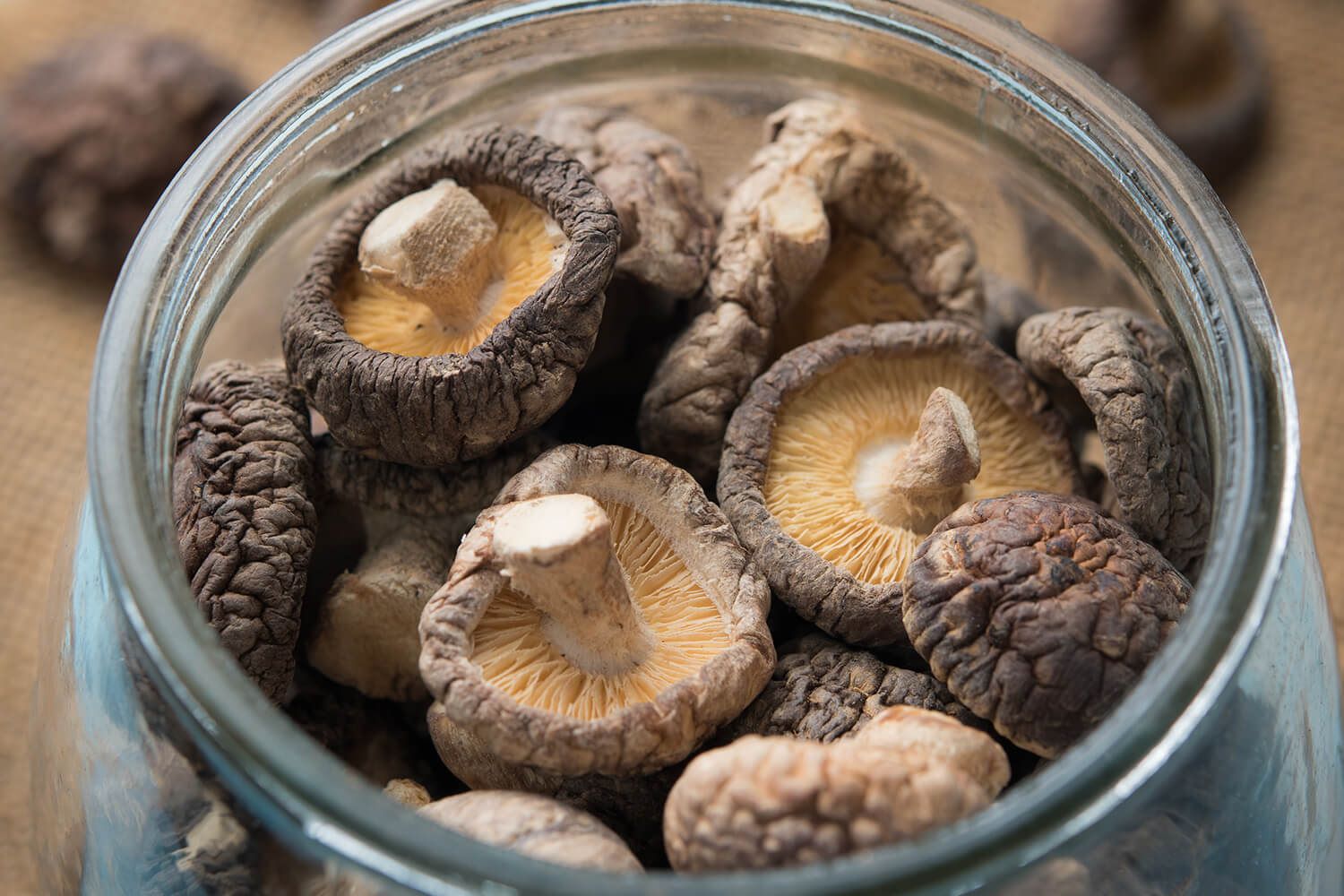
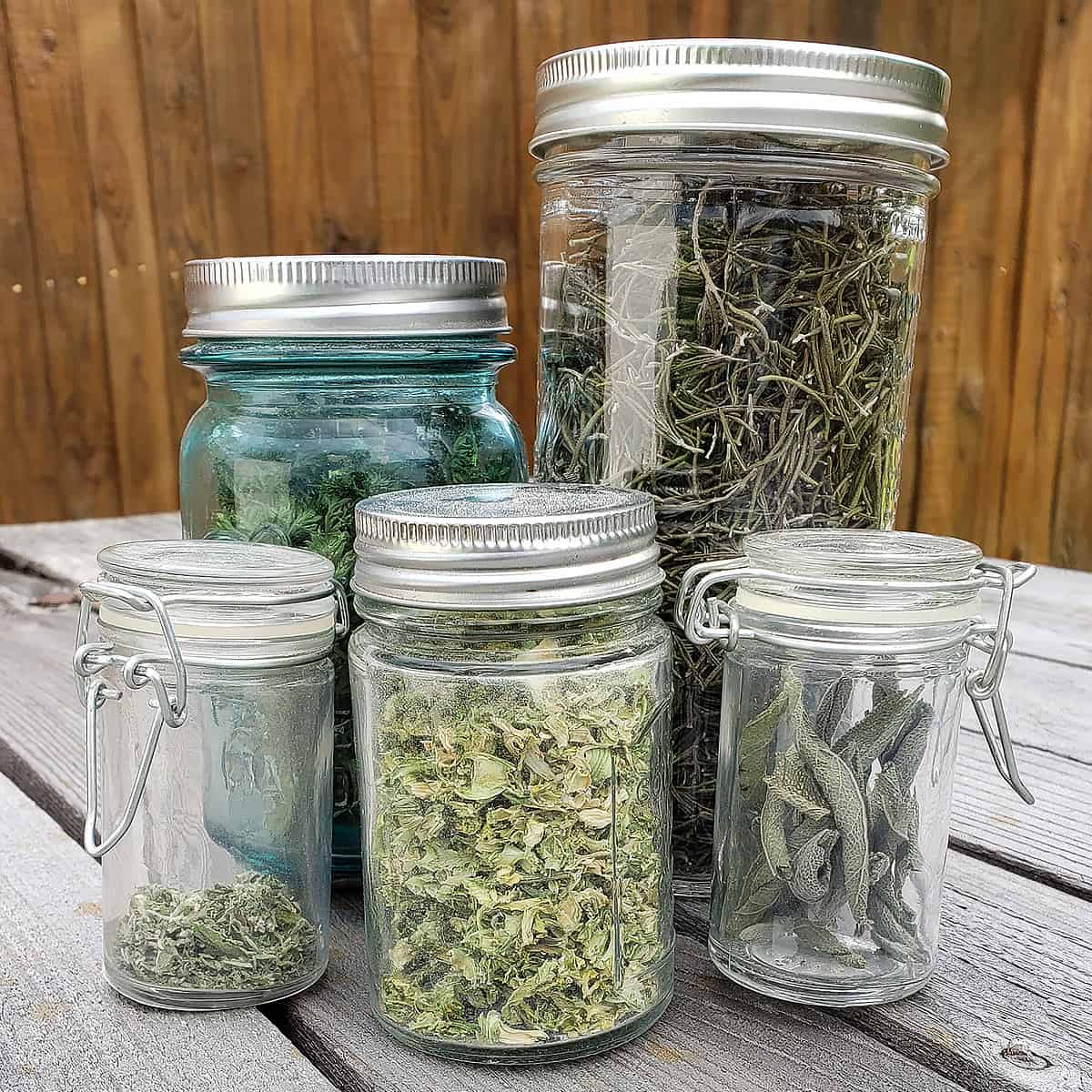
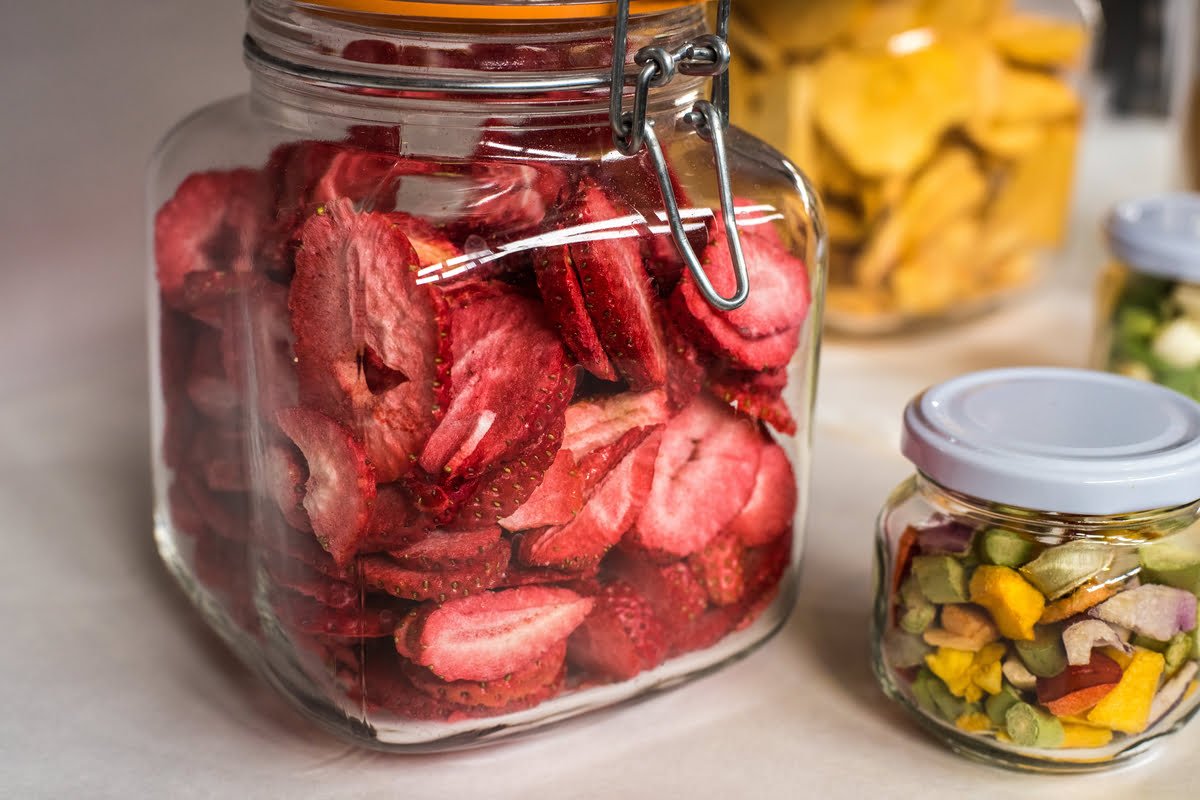
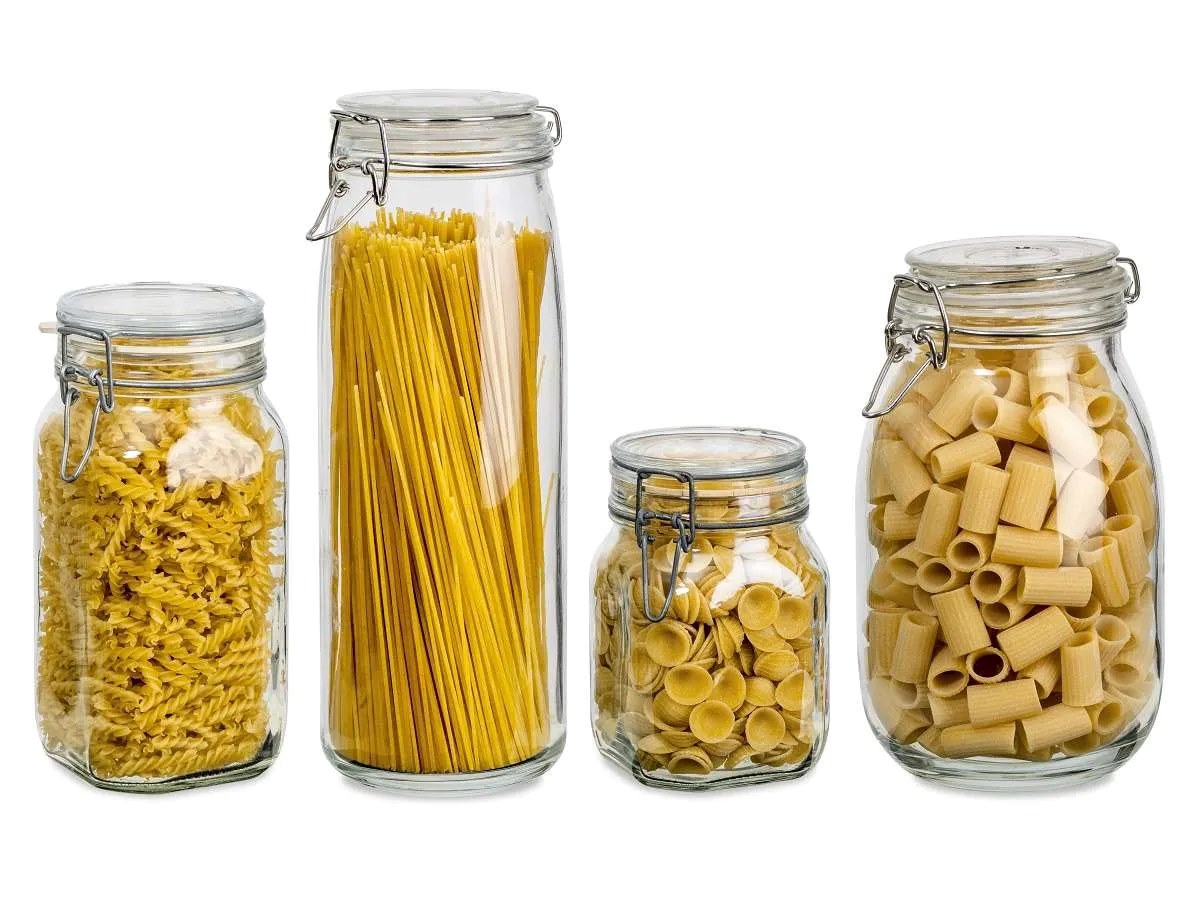
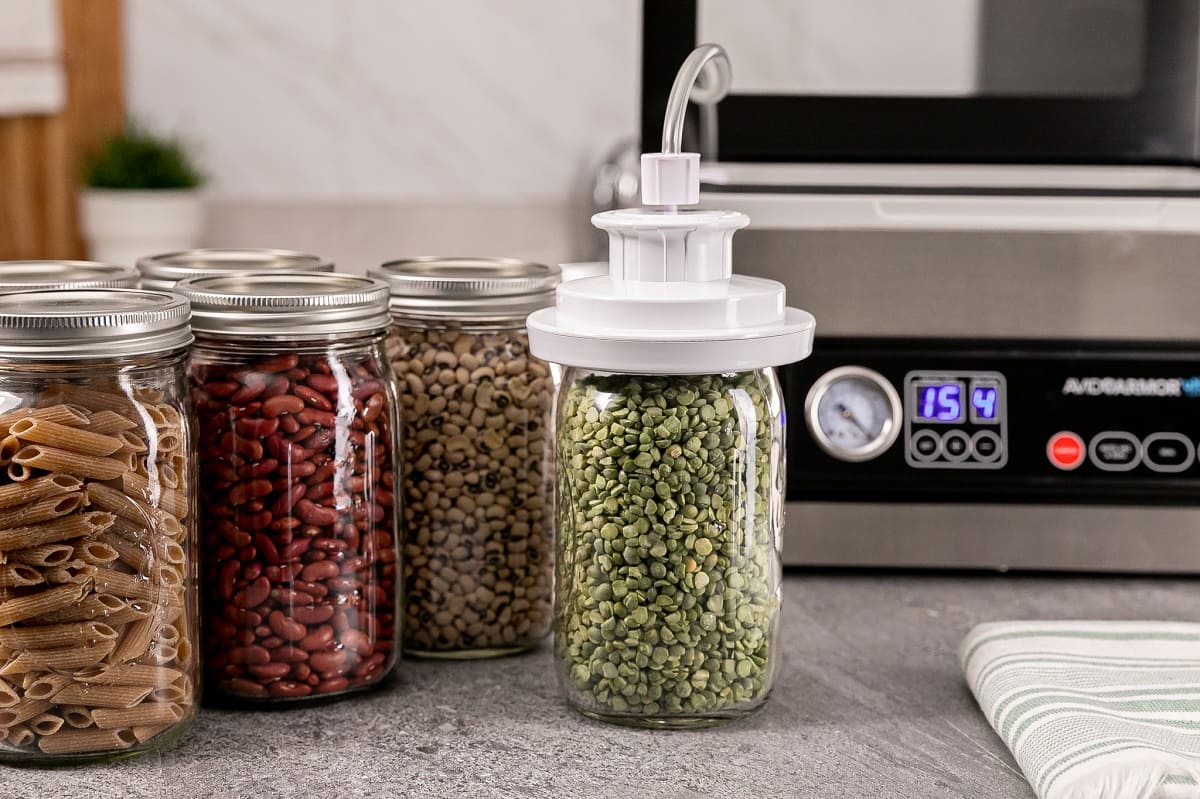
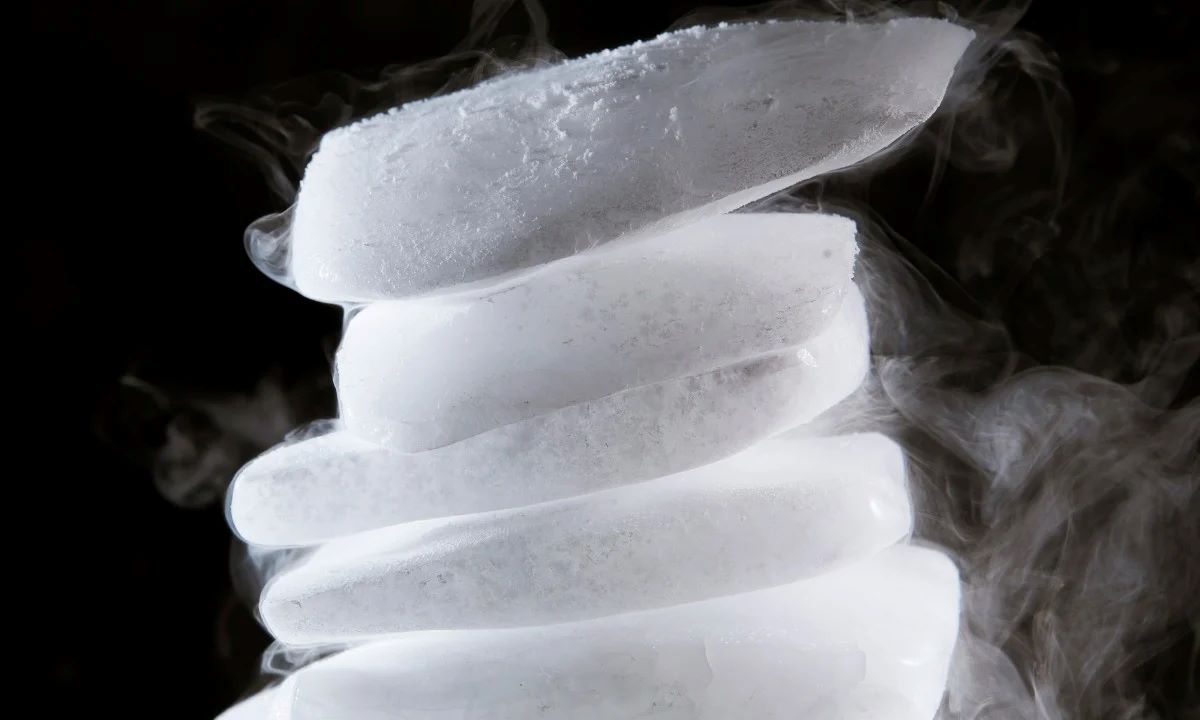
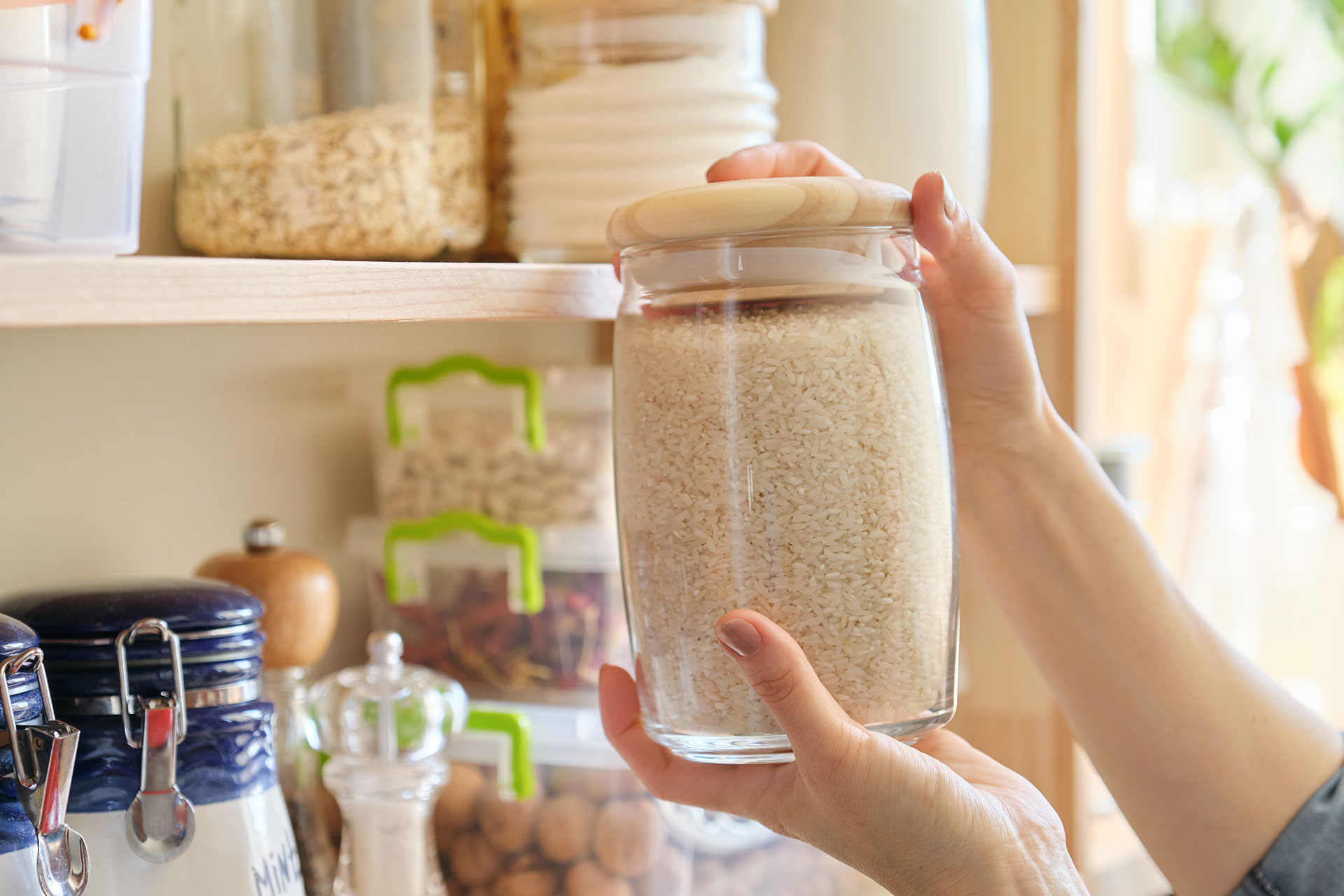
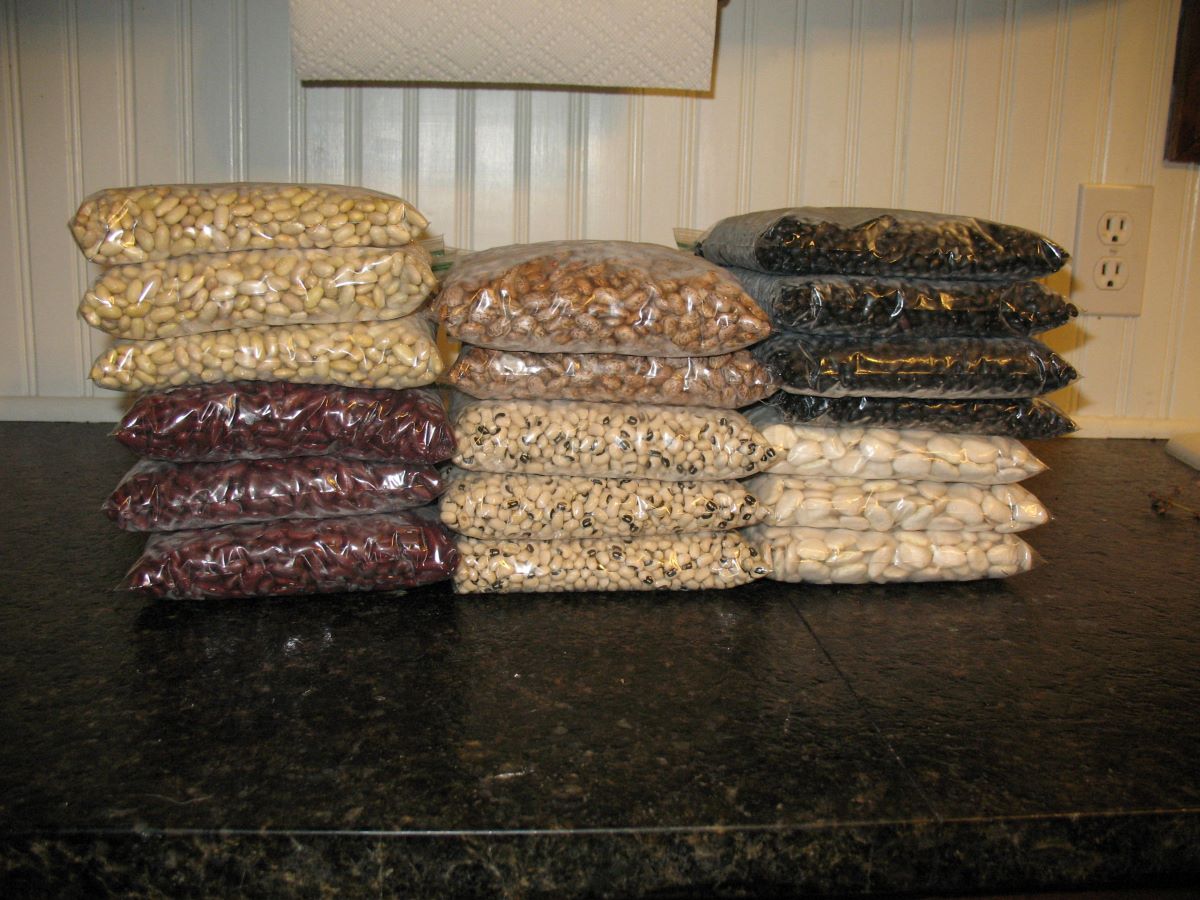
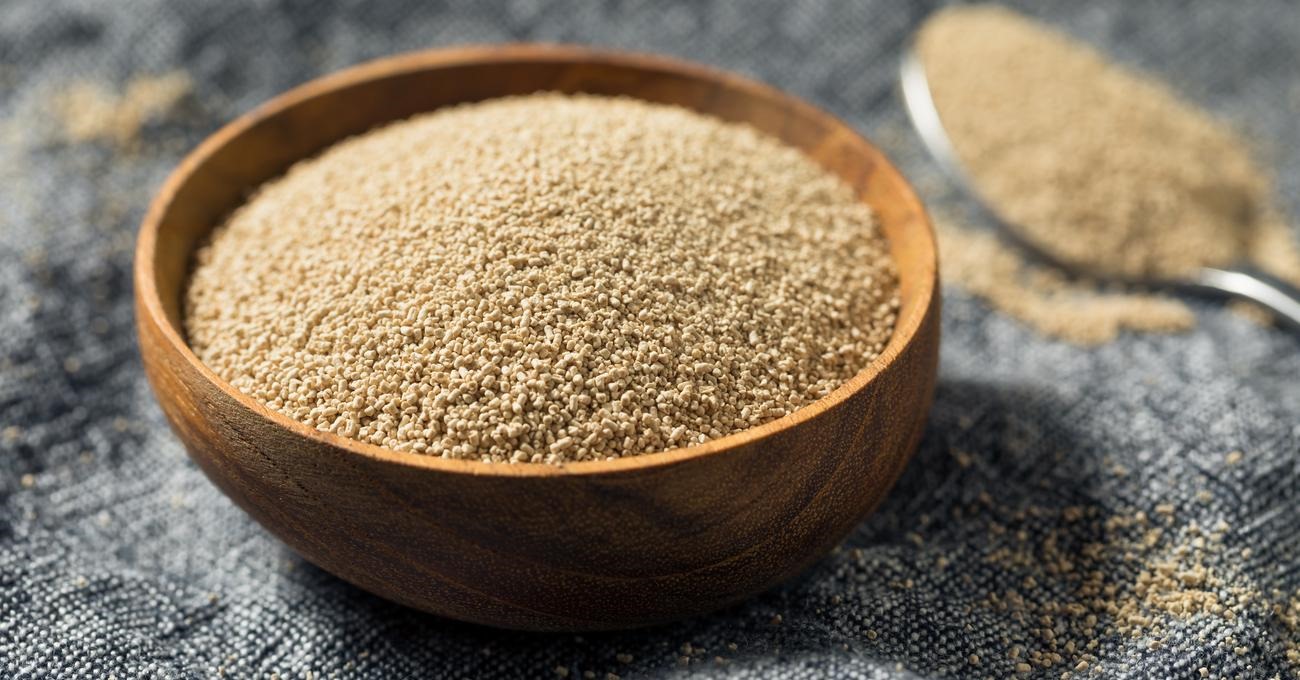
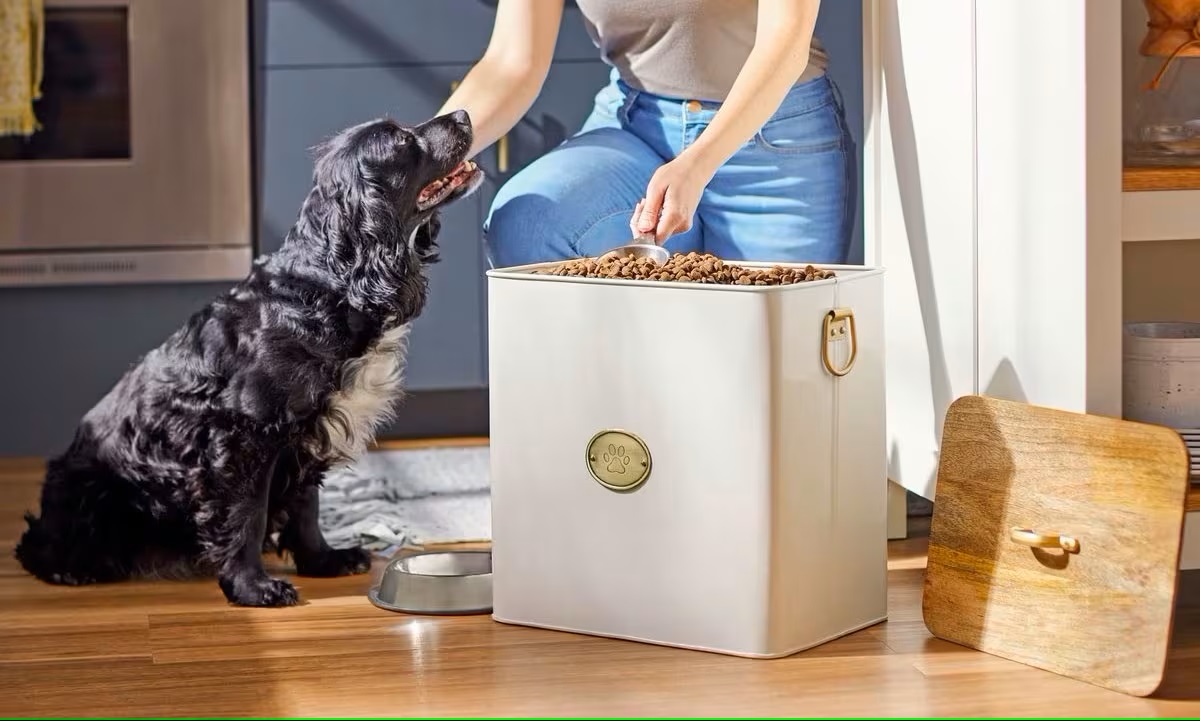
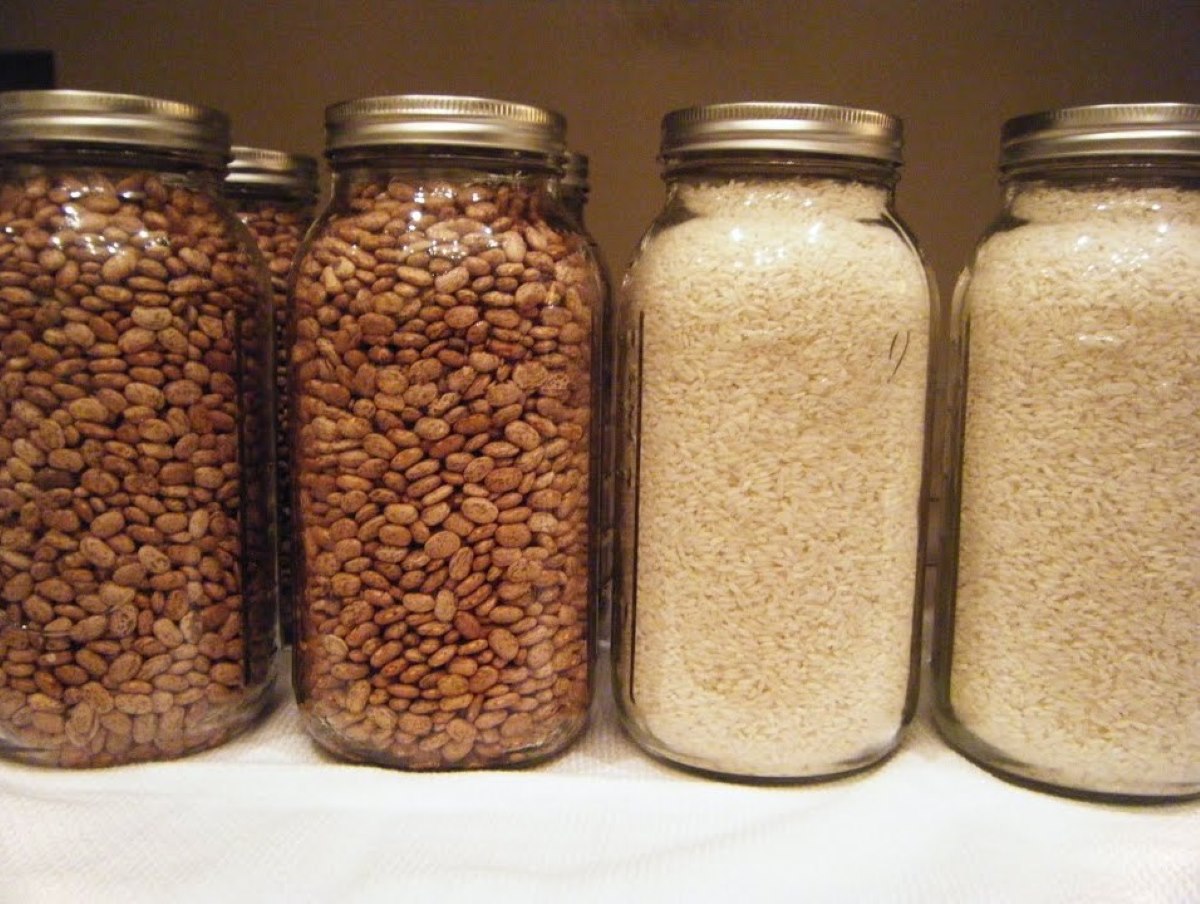
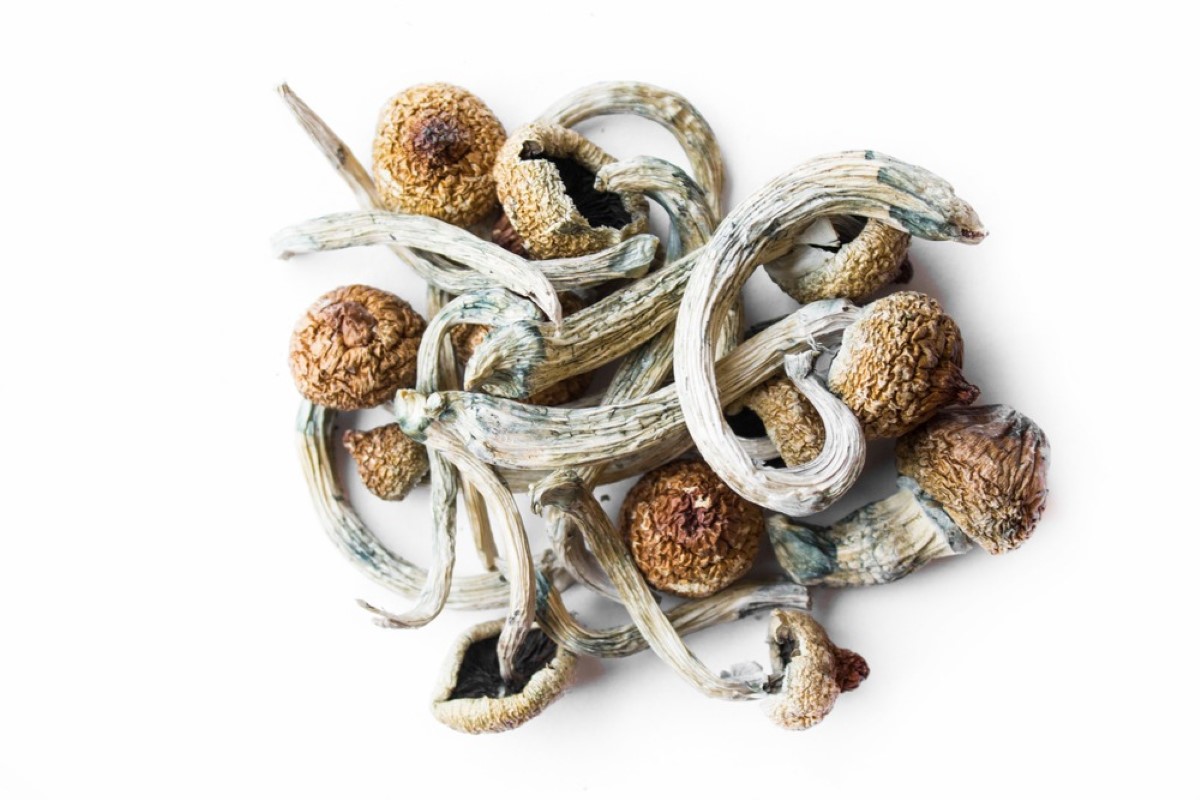
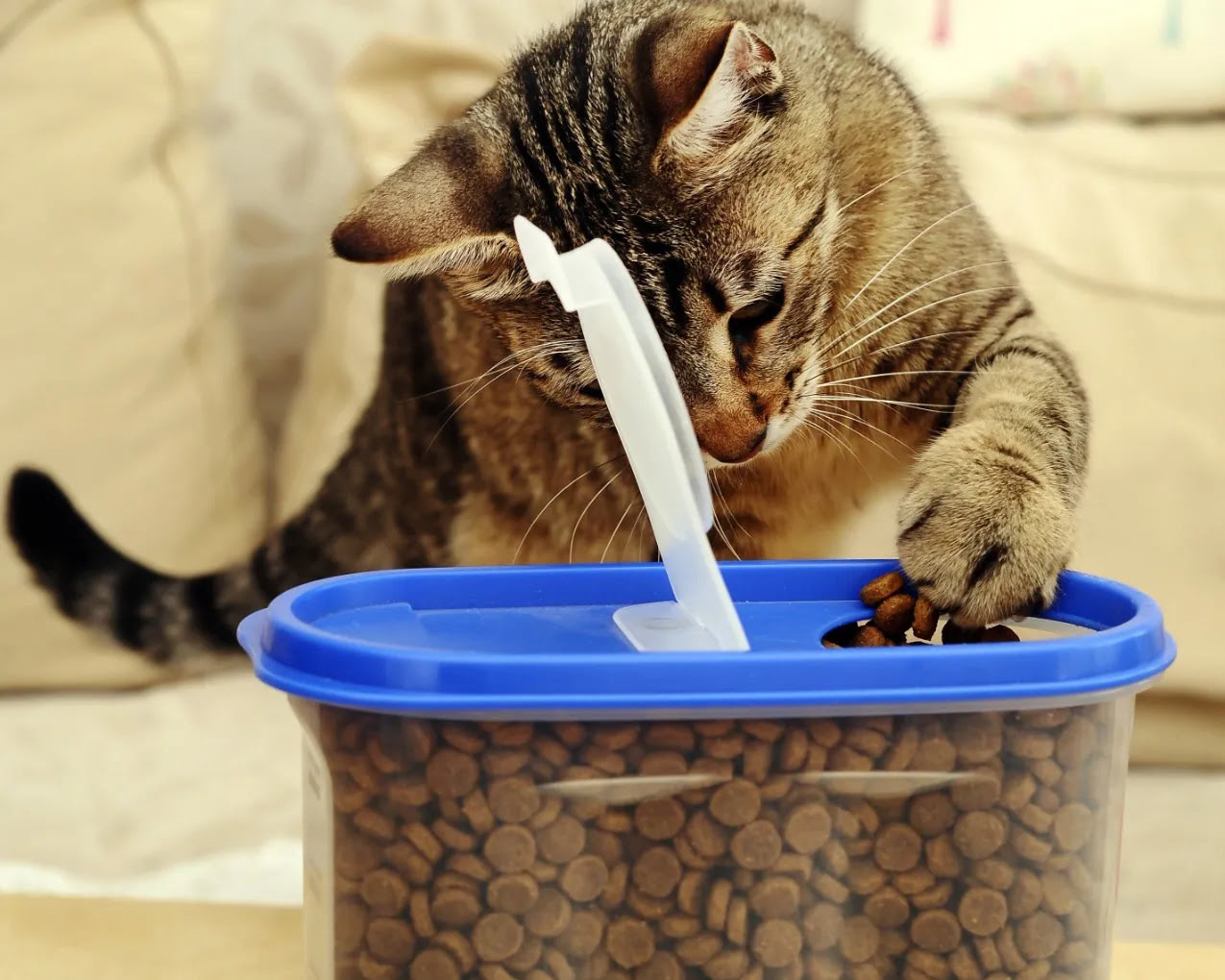

0 thoughts on “How To Store Dried Mushrooms Long Term”